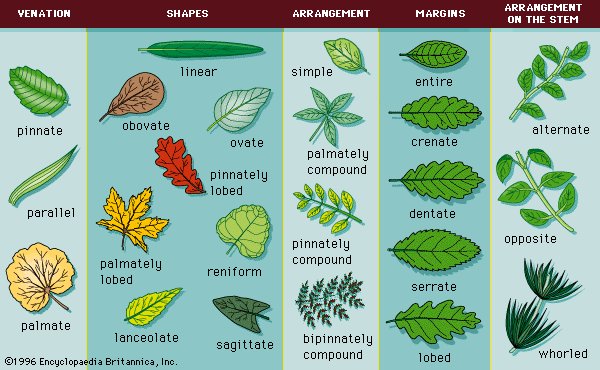Leaves are so intriguing to view with a “scientist’s eye”!
Deciduous leaf margins have a variety of edges, with as many names, such as “entire, serrate, crenate, lobed, parted”. They can be simple (one blade) or compound (with little leaflets). They can be pinnate (leaflets arranged in pairs on sides) or palmate (arranged outward like the palm of a hand). Veins can also be pinnate, palmate, parallel. Leaves can be attached in different ways too: alternate, opposite, whorled (three together), rosette (a circular arrangement). These are only a few of the amazing amount of patterns to discover, observe, and describe! Have a look in your own gardens, and you’ll be amazed at Nature’s intricate beauty!
I have to admit that on one morning in late summer, when the weather had turned a bit nippy, I felt an early burst of “Autumn Enthusiasm”. As much as I love the summer, there is a distinct charge of energy that comes with the change of season. (Note: it’s not quite as charming in soggy rain!)
Autumn leaves are a popular ‘object d’art’, as teachers
frantically work to decorate their school halls for that first “Open House”. The study of “Patterns” is another typical start-of-year topic, for Math. Putting the two together is a winning combination. Children love to explore local parks and their own backyards in search of patterns in nature.
After drawing or making rubbings of the lovely, intricate patterns of veins, it is always fun to press the leaves to
create fanciful pictures such as “Leaf Animals”.
The wonderful colours of fall leaves is another area to
investigate. Leaf colour comes from pigments. Chlorophyll is the green, carotenoids are the yellow, orange, and brown, and anthocyanins are the reds and purple. During the
summer, the green chlorophyll hides all the other colors. As the sunlight decreases, so does the making of chlorophyll. This allows the other hidden colours to show.
|
![]() Back to Nature's Classroom index
Back to Nature's Classroom index